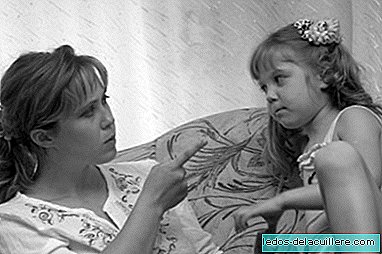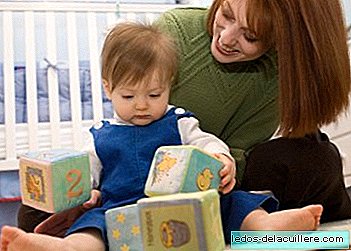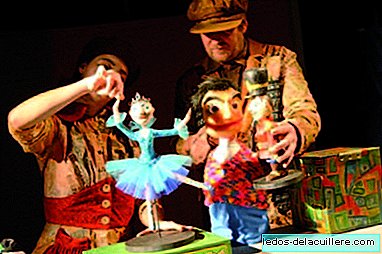
We have to start by understanding that children do not understand "no" in the same way as adults.
For them, the "no" is a sharp refusal to their wishes. I want to do such a thing but they don't let me, I'm not free to do it. By telling them that we do not cause frustration in the little one in the middle of the reaffirmation of his autonomy, which translates into tantrums, tantrums, cries and anger.
As parents, it is we who must try to resolve this frustration without letting them do what they want or access all their wishes.
That is to say, learn to say "no" but in a positive way to achieve the same goal but without generating a negative reaction in our children. This is using what is called positive discipline.
It is a simple exercise that we can begin to implement. Let's try to make an effort to say "no" less and less times a day and we'll see how it works well in everyday life.
Let's look at some examples of how we can turn a negative response into a positive one.
Example 1
It's time to eat and Pablito wants to go for a bike ride just when the food is ready and the table is set.
- Mom, can I go for a bike ride?
- Sure, Pablito, you can go as soon as you finish eating.
Instead of saying "Not now, don't you see that we are about to eat?", we offer a positive solution.
Example 2
Pablito is happily riding a bike on a street where many cars circulate. (Young children are not as aware of danger as adults).
Instead of saying "Pablito, don't go down the street because it's dangerous", we can choose “Pablito, you better go up the sidewalk. In the street there are many cars ”.
Thus we eliminate the "no" from the sentence and offer a safer alternative for the little one.
Example 3
Pablito's mother is super busy with housework and Pablito wants his mother to put together his favorite puzzle with him. At a precise moment when Pablito claims it, his mother cannot play with him.
- Mom, help me put together a puzzle. - Good idea, Pablito! You can help me first to do the laundry and when we are done we put together the puzzle that you like so much.
Instead of telling him "Not now, I'm very busy", an answer that would surely cause a negative reaction in the child, we propose a new situation while encouraging the child to collaborate in household chores.
As these three, there are infinite situations that are presented to us throughout the day with our children. If we count how many times we tell them that not in one day we would surely be surprised.
Therefore, I propose try to transform the "no" through simple formulas like the ones I mentioned above and I would love you to share your experiences with the readers through the comments.












